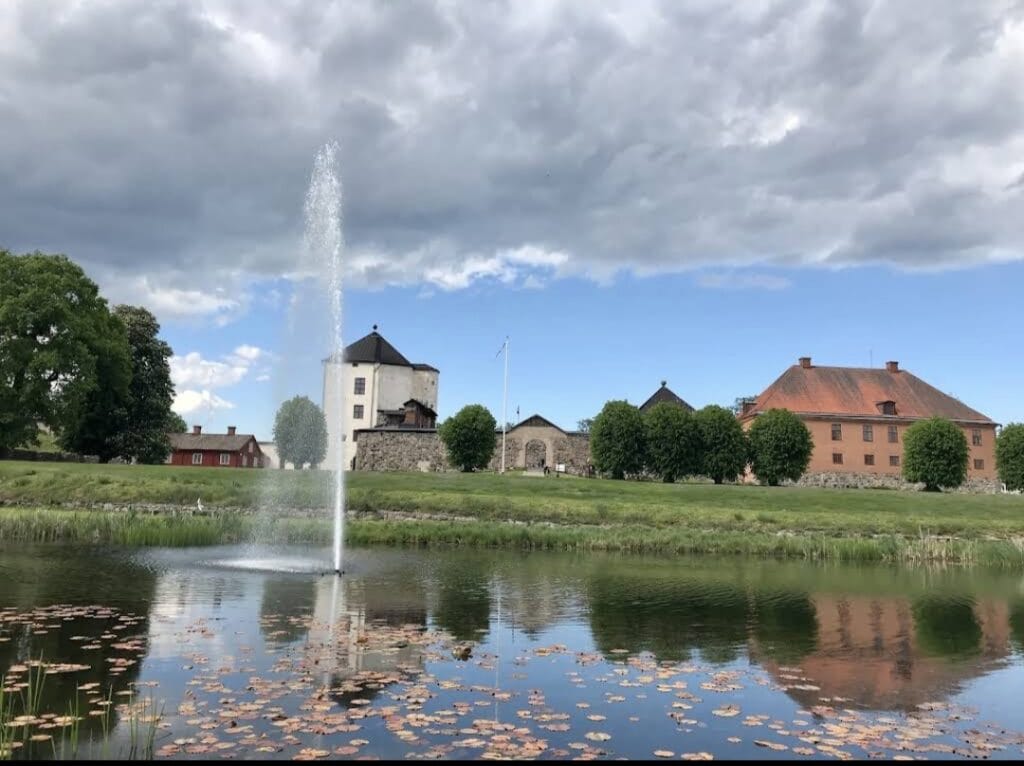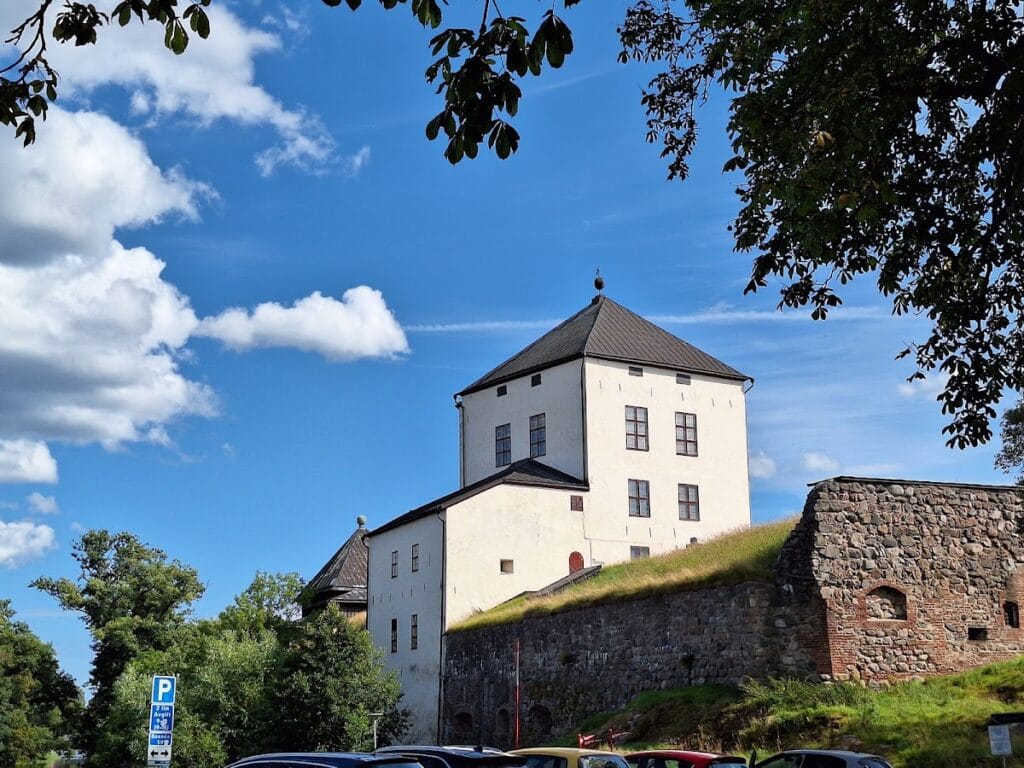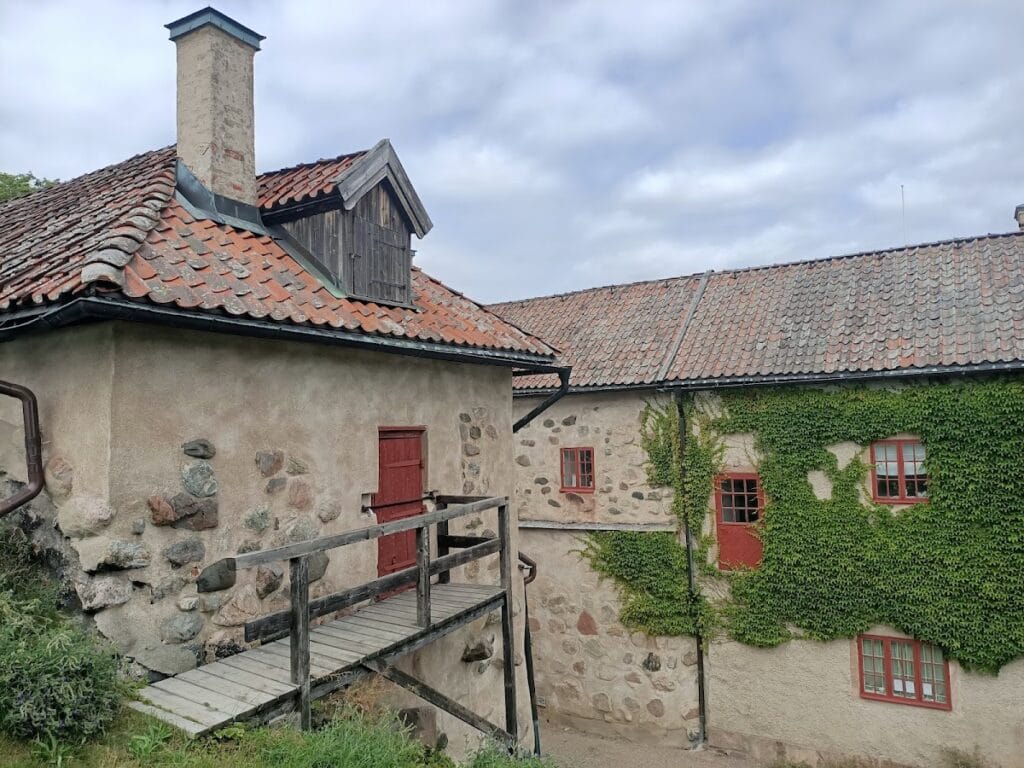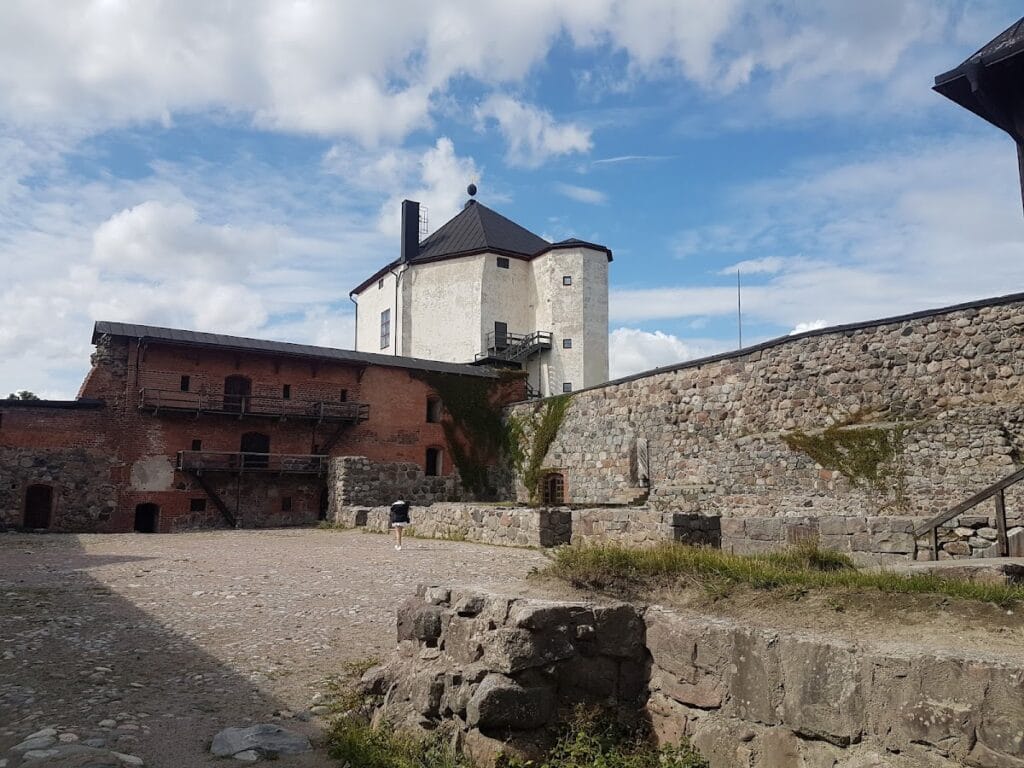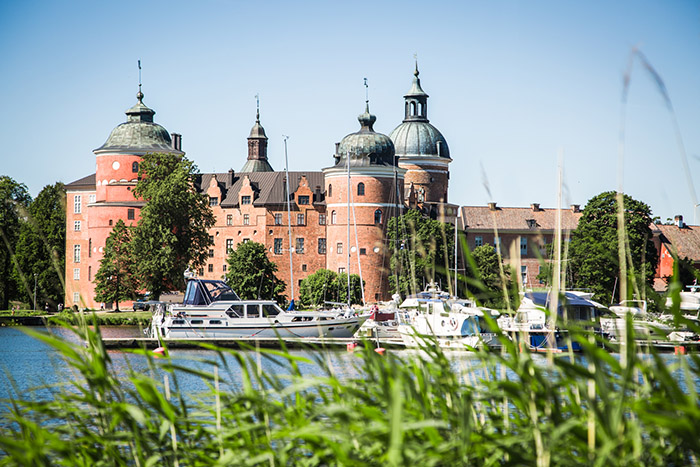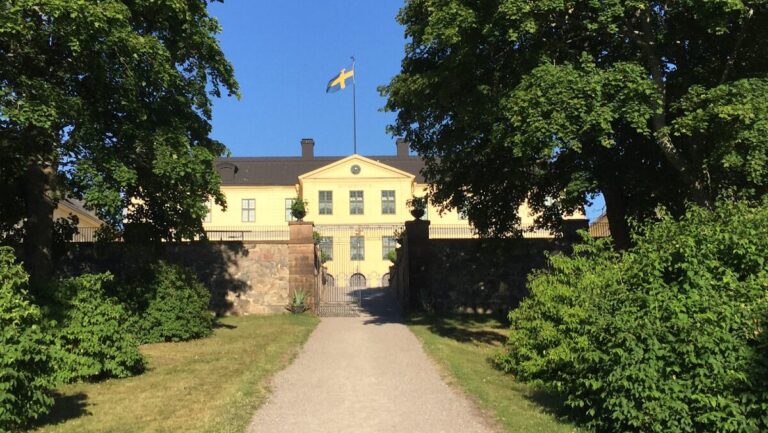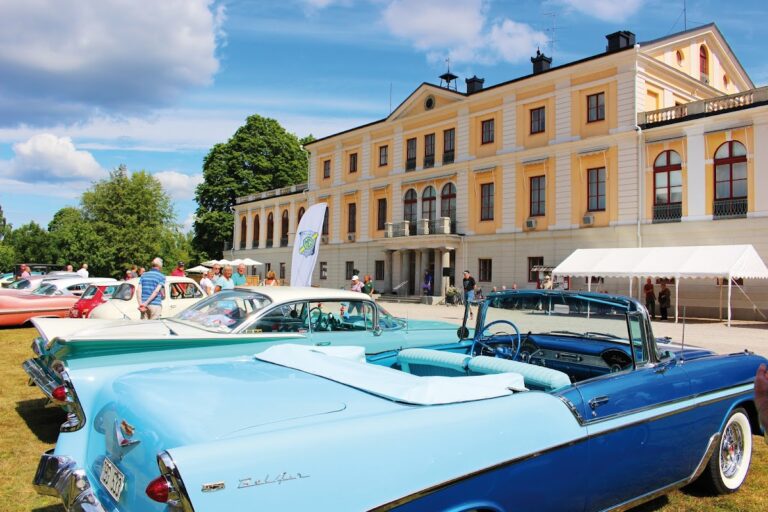Nyköping Castle: A Historic Medieval Fortress in Sweden
Visitor Information
Google Rating: 4.3
Popularity: Medium
Google Maps: View on Google Maps
Official Website: www.sormlandsmuseum.se
Country: Sweden
Civilization: Medieval European
Remains: Military
History
Nyköping Castle is located in the municipality of Nyköping, Sweden, and was originally constructed by medieval Swedish builders. Its beginnings trace back to the latter half of the 12th century when a fortified tower, known as a kastal, was erected. This early structure is thought to have been commissioned by notable figures such as Birger Jarl or Birger Magnusson, marking the castle’s initial defensive role in the region.
During the late 13th century, the original tower was incorporated into a much larger castle complex with a roughly rectangular layout. This construction, carried out in two phases and likely finished by the 1280s, gave the site a more formidable appearance and strategic capacity. The castle itself first enters written history in 1305, when Prince Erik Magnusson signed a document there. In 1310, control of the castle passed to Birger Magnusson after he divided power with his brothers Erik and Valdemar.
The castle became infamous in December 1317 when it hosted the Nyköping Banquet, an event where Dukes Erik and Valdemar were taken prisoner. Their subsequent deaths while imprisoned at the castle triggered a violent backlash. Supporters of the dukes retaliated by capturing the fortress and causing extensive destruction. Following this upheaval, Nyköping Castle remained abandoned for several decades.
Restoration began in 1365 under the direction of Raven von Barnekow, a German knight. Ownership changed hands several times during the late 14th century, including claims by Albrecht of Mecklenburg in the 1370s, acquisition by the powerful noble Bo Jonsson Grip from 1376, and eventual control by Queen Margaret from 1388 onward. The castle played a role in significant political events, notably the 1396 signing of the Nyköping Recess, which served as a stepping stone toward establishing the Kalmar Union, uniting the kingdoms of Denmark, Norway, and Sweden.
The 15th and early 16th centuries saw the castle involved in military conflicts, being besieged by forces led by Engelbrekt Engelbrektsson in 1434, and later stormed in 1516 by the Swedish regent Sten Sture the Younger. Under King Gustav Vasa’s reign in the 16th century, the castle’s defenses were strengthened, including the addition of a round tower designed for mounting cannons.
In the late 1500s, Duke Charles, later King Charles IX, transformed the medieval fortress into a Renaissance palace. The castle witnessed several noteworthy events during the 16th and 17th centuries, such as the wedding of Svante Sture the Younger and Märta Eriksdotter Leijonhuvud in 1538, the death of Charles IX in 1611, and the birth of Charles X Gustav in 1622.
A calamity struck in 1665 when the castle caught fire along with much of the surrounding city. The damage was severe enough that authorities decided against rebuilding it. Instead, many of the bricks were repurposed in the construction of Stockholm Palace. Further destruction occurred during Russian raids in 1719. Afterwards, a new residence known today as the Old Residence (Gamla residenset) was erected within the castle grounds at the behest of Governor Nils Gyllenstierna.
In the 20th century, efforts were made to restore parts of the castle, resulting in museum spaces and a restaurant within its walls. Recent archaeological work in October 2020 uncovered a previously unknown defensive chamber—known as a casemate—adding new understanding of the castle’s internal defenses.
Remains
Nyköping Castle’s core layout reflects its development from a 12th-century fortified tower, or kastal, into a larger rectangular stronghold. This expansion in the late 13th century included the addition of two forecourts, which extended the castle’s defensive perimeter. The materials used primarily involved brick, a durable building resource later valued enough to be salvaged for Stockholm Palace in the 17th century.
One prominent surviving feature is the round cannon tower, often called the rondellen, which was installed during King Gustav Vasa’s fortification upgrades in the 16th century. This tower’s circular shape was specifically designed to mount artillery, enhancing the castle’s defense against attacks. Its sturdy brick construction has allowed it to endure through subsequent fires and battles, remaining a defining element of the ruins.
The Renaissance transformation commissioned by Duke Charles is documented through historic sketches that depict the castle’s expansion beyond its medieval walls. These drawings show how new sections were carefully attached to the older fortress, though today only fragments survive from this period due to fires in 1665 and 1719 that left much of the palace in ruins.
Within the complex lies the gatehouse, or porthus, which offers views from both inside and out, attesting to its role as an entrance controlling access to the castle. Architecturally, it provides insights into the castle’s layered construction over centuries.
The post-1719 Old Residence (Gamla residenset), constructed within the castle grounds, reflects efforts to maintain administrative use of the site after the fortress itself was partially destroyed. This building stands apart from the medieval ruins but marks the continuity of the location as a center of local authority.
In the 20th century, restoration projects focused on conserving surviving structures such as the Kungstornet or King’s Tower, which has been repurposed to house permanent exhibitions for the Sörmland Museum. This work has helped preserve the castle’s historical fabric and allowed visitors to engage with its layered past.
The 2020 discovery of a previously unknown casemate—a fortified chamber within the castle walls—revealed additional complexity in the defensive design. This space was likely intended to protect soldiers or artillery, illustrating how the castle adapted to changing military technologies over time.
Artistic works from the 19th and early 20th centuries, including oil paintings, wood engravings (xylographs), and watercolors, document the castle’s appearance before modern restorations. These images serve as valuable historical sources that capture the site’s condition and architectural details during that era.
